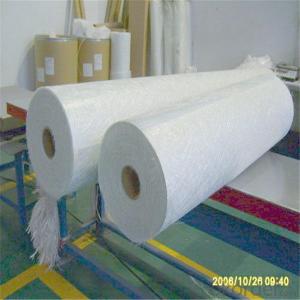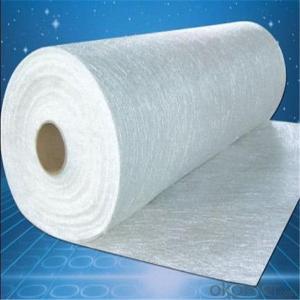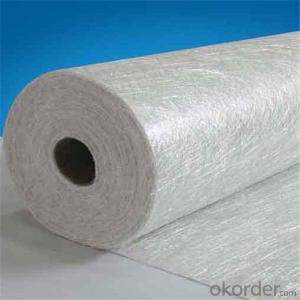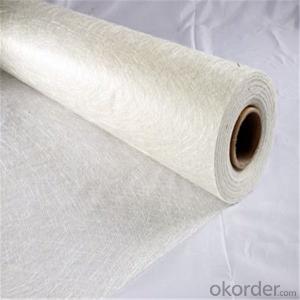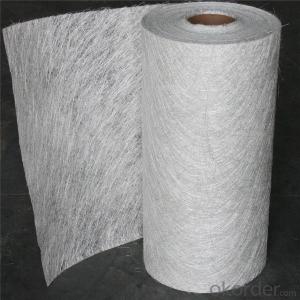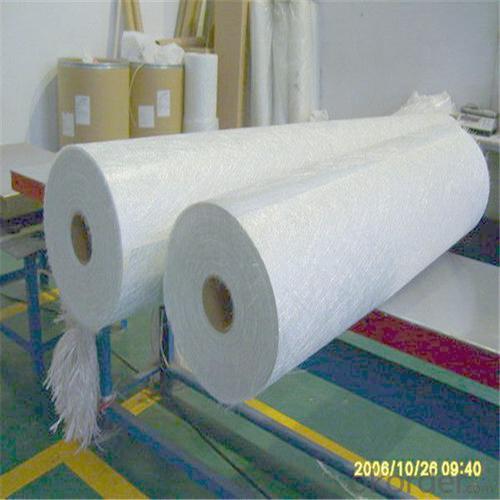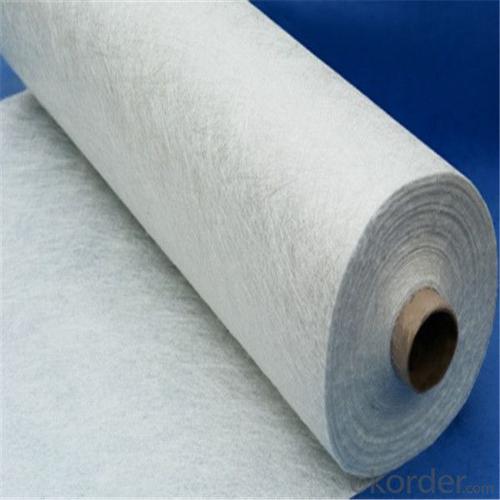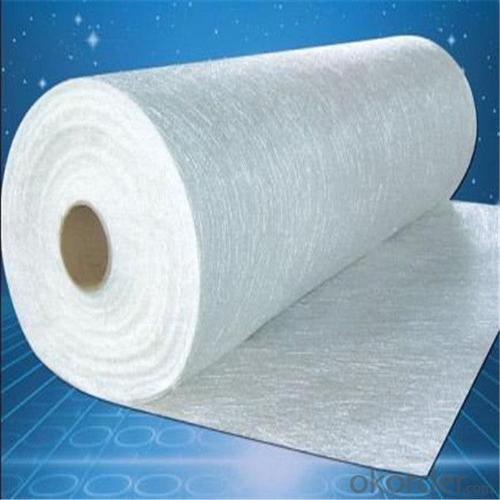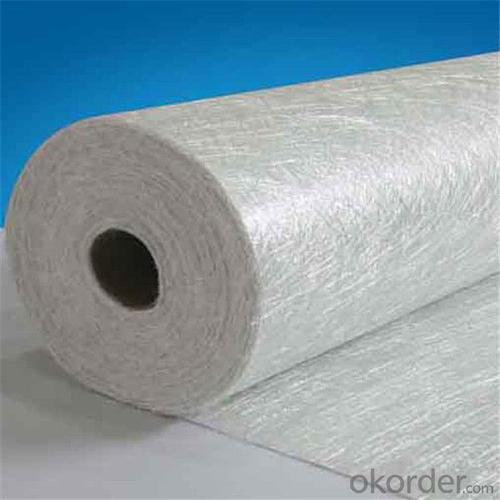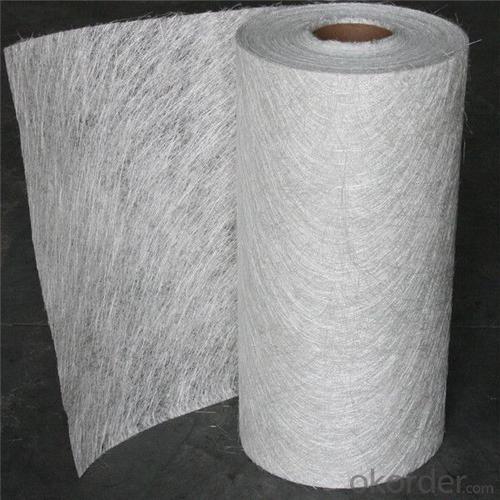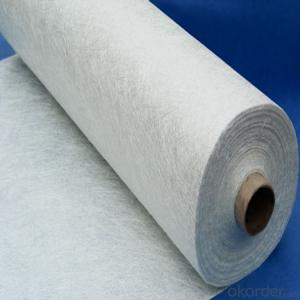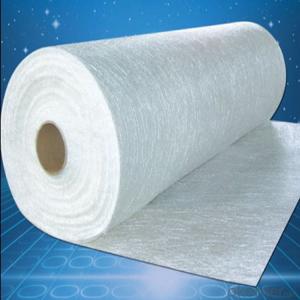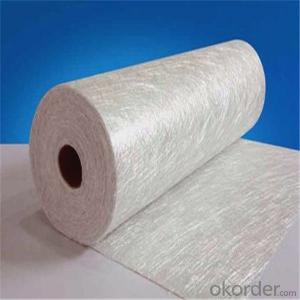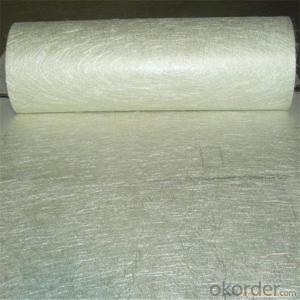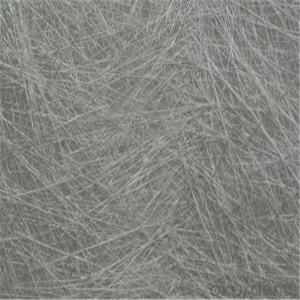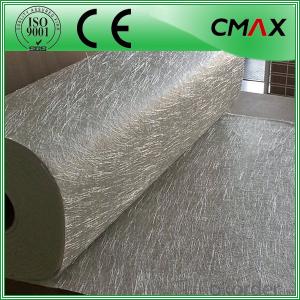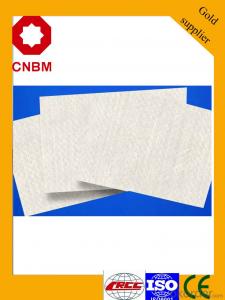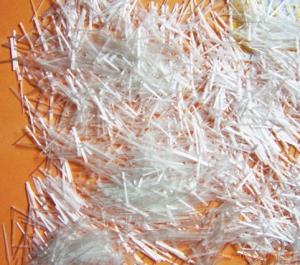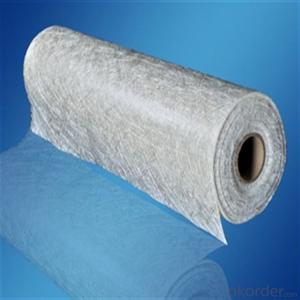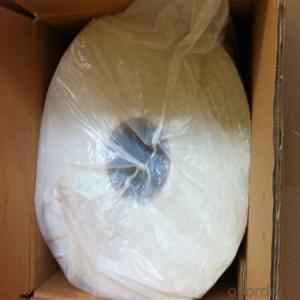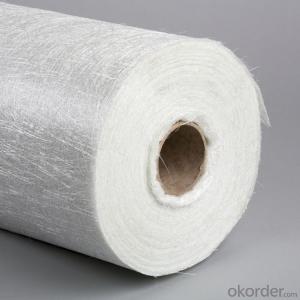Fiberglass Chopped Strand from Italy Supplier - Fiberglass Stand Mat Factory Fiberglass Panel
- Loading Port:
- Tianjin
- Payment Terms:
- TT OR LC
- Min Order Qty:
- 100 m.t.
- Supply Capability:
- 10000 m.t./month
OKorder Service Pledge
OKorder Financial Service
You Might Also Like
Quick Details
| Technique: | Chopped Strand Fiberglass Mat (CSM) | Dimensions: | 80g - 900g | Mat Type: | Continuous Filament Mat |
| Fiberglass Type: | E-Glass | Softness: | soft, very soft | Place of Origin: | Shandong, China (Mainland) |
| Brand Name: | cnbm | Model Number: | CSM | material: | fiberglass |
| Glass type: | E glass / C glass | Bond type: | powder or emulsion | Roll width: | 200 - 2600mm |
| Roll weight: | 28 - 55kgs | Density: | 225g/m2, 300g/m2, 450g/m2 | Certification: | ISO, CE |
Packaging & Delivery
| Packaging Details: | standand export packing . or packed as customer's need |
| Delivery Detail: | 10-20days after the contract is effective |
Specifications
Fiberglass Chopped Strand Mat
1.good combination fo resin
2.easy operation
3.good wet strength retention
Specification:
Fiberglass Chopped Strand Mat is an non-woven E- or C-glass fiberglass fabric manufactured by spreading continuous filament rovings of 50mm in length randomly and uniformly in combination with polyester binder in power form (or other binder in emulsion form). Powder or Emulsion fiberglass fiber chopped glass mat

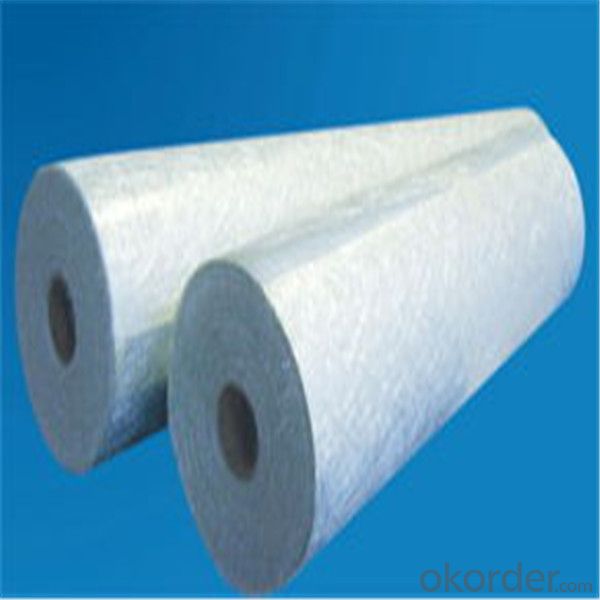
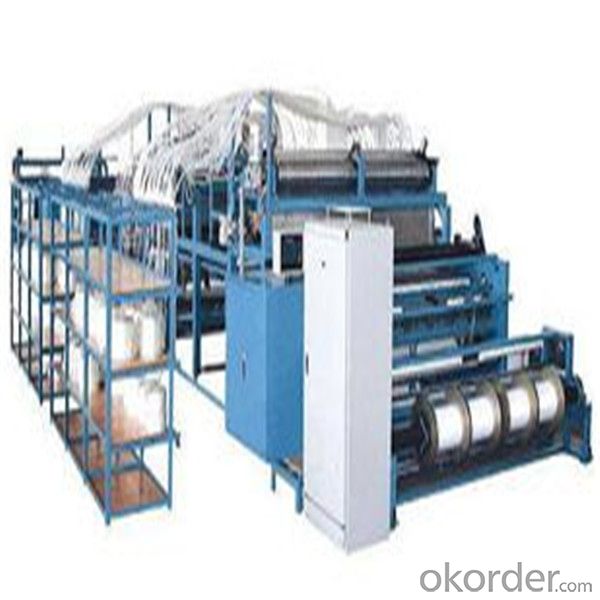
- Q: What are the different types of glass fibers used in chopped strand?
- There are several types of glass fibers used in chopped strand, including E-glass, S-glass, C-glass, AR-glass, and R-glass. Each type has its own unique properties and is suitable for different applications based on factors like strength, chemical resistance, and thermal stability.
- Q: How is fiberglass chopped strand used in the medical industry?
- Due to its exceptional mechanical properties and biocompatibility, fiberglass chopped strand is extensively utilized in the medical field. It finds applications in a range of medical products, including orthopedic implants, prosthetics, dental materials, and wound dressings. In the realm of orthopedic implants, fiberglass chopped strand is employed in the production of bone fixation devices like screws, plates, and rods. Its remarkable strength and stiffness make it an ideal choice for providing structural support and stability to fractured bones during the healing process. Furthermore, its biocompatibility ensures that it does not cause any adverse reactions or complications within the patient's body. Prosthetics, such as artificial limbs or joints, also benefit from the incorporation of fiberglass chopped strand. By integrating this material into the manufacturing process of prosthetic devices, manufacturers are able to achieve lightweight yet sturdy structures that closely resemble natural body parts in terms of functionality and appearance. The durability and resistance to wear and tear of fiberglass chopped strand make it suitable for prolonged usage. Dental materials, including dentures, bridges, and crowns, also enjoy the advantages of fiberglass chopped strand. This material can be utilized to reinforce dental composites, thereby increasing their strength and preventing fractures or breakages. Moreover, its biocompatibility ensures that patients do not experience any adverse reactions or allergies. Another significant application of fiberglass chopped strand in the medical industry lies in wound dressings. It can be incorporated into dressings to create a protective barrier over wounds. Its high absorbency assists in managing excessive exudate, while its strength and flexibility guarantee that the dressing conforms to the wound's contour, promoting faster healing. In summary, fiberglass chopped strand plays a vital role in the medical field by offering structural support, enhancing durability, and promoting biocompatibility in a variety of medical applications. Its versatile properties make it a favored choice for both manufacturers and healthcare professionals, contributing to advancements in patient care and treatment outcomes.
- Q: Can fiberglass chopped strand be used in electrical insulation applications?
- Yes, fiberglass chopped strand can be used in electrical insulation applications. Fiberglass is a non-conductive material and has excellent dielectric properties, making it suitable for electrical insulation. Chopped strand mat, made from fiberglass chopped strands, is commonly used as a reinforcement material in the production of electrical insulation composites. It provides mechanical strength and improves electrical insulation properties, such as insulation resistance and dielectric strength. Additionally, fiberglass chopped strand can also be used as a filler material in electrical insulation coatings and tapes, further enhancing their insulation capabilities.
- Q: Does fiberglass chopped strand have any antistatic properties?
- Inherent antistatic properties are not present in fiberglass chopped strand. Nevertheless, the manufacturing process can include certain additives that grant antistatic properties to the end product. These additives commonly comprise conductive materials like carbon or metallic particles, which aid in the dissipation of static electricity. Consequently, if specific antistatic additives are integrated into the production of fiberglass chopped strand, it can demonstrate antistatic properties. Otherwise, the standard fiberglass chopped strand lacks antistatic attributes.
- Q: Take carbon fiber as an example to illustrate the manufacturing process of carbon fiber.
- It is mainly made by polyacrylonitrile and asphalt spinning, surface treatment and sizing process. The disparity in the domestic low-level product is small, carbonization (followed by graphite). The disparity between domestic and foreign is very large, and then by pre oxidation, but the high-end product(both high performance) can not do it, because it is too difficult.
- Q: How does the impact resistance of fiberglass chopped strand compare to other reinforcing materials?
- The impact resistance of fiberglass chopped strand is generally higher compared to other reinforcing materials. This is due to the inherent strength and flexibility of fiberglass, which allows it to withstand impacts without fracturing or breaking. Additionally, the random orientation of the chopped strands in the fiberglass matrix helps distribute and absorb impact forces more effectively. This makes fiberglass a preferred choice for applications where impact resistance is a critical requirement.
- Q: What are the typical end-use industries for fiberglass chopped strand composites?
- Fiberglass chopped strand composites have a wide range of applications in different industries due to their outstanding strength, durability, and versatility. Various sectors utilize these composites, including the automotive industry, the construction industry, the aerospace industry, the marine industry, the electrical and electronics industry, the sports and leisure industry, and the wind energy industry. In the automotive industry, fiberglass chopped strand composites are utilized for body panels, interior components, bumpers, and engine parts. These composites offer lightweight properties, high impact resistance, and excellent corrosion resistance, which enhance fuel efficiency and overall vehicle performance. The construction industry extensively uses fiberglass chopped strand composites in roofing materials, cladding systems, window profiles, and structural reinforcements. These composites provide excellent weather resistance, thermal insulation, and a high strength-to-weight ratio, making them a preferred choice for modern construction projects. In the aerospace industry, fiberglass chopped strand composites play a vital role in aircraft interiors and secondary structures. These composites offer exceptional fire resistance, low smoke emission, and excellent mechanical properties, ensuring passenger safety and reducing overall weight in aircraft construction. The marine industry widely employs fiberglass chopped strand composites in the manufacturing of boat hulls, decks, and other structural components. These composites possess superior resistance to water, corrosion, and harsh weather conditions, making them highly suitable for marine applications. In the electrical and electronics industry, fiberglass chopped strand composites find applications in producing insulating materials, circuit boards, and electrical connectors. These composites offer excellent electrical insulation properties, high dielectric strength, and dimensional stability, ensuring safe and reliable operation in electrical applications. The sports and leisure industry extensively uses fiberglass chopped strand composites in the production of sporting goods such as skis, snowboards, surfboards, and golf club shafts. These composites provide lightweight properties, high impact resistance, and excellent flexibility, enhancing performance and durability in sports equipment. In the wind energy industry, fiberglass chopped strand composites are vital in the manufacturing of wind turbine blades. Their high strength, fatigue resistance, and lightweight properties contribute to efficient energy generation. Overall, fiberglass chopped strand composites have exceptional properties that make them a preferred choice in various industries requiring strength, durability, and versatility.
- Q: Is fiberglass chopped strand compatible with unsaturated polyester resin?
- Yes, fiberglass chopped strand is compatible with unsaturated polyester resin. Fiberglass chopped strand is commonly used as reinforcement in composite materials, and unsaturated polyester resin is a common matrix material for composites. When mixed together, the chopped strand provides strength and reinforcement to the resin, resulting in a strong and durable composite material. The compatibility between fiberglass chopped strand and unsaturated polyester resin ensures good adhesion and bonding between the two materials, allowing for efficient manufacturing and reliable performance of composite products.
- Q: How does the transparency of the chopped strand affect its performance?
- The transparency of a chopped strand can have a significant impact on its performance. Chopped strands are commonly used as reinforcements in composite materials, such as fiberglass, to enhance their strength and stiffness. The transparency of the chopped strand refers to its ability to transmit light, or the degree to which it allows light to pass through. In general, a more transparent chopped strand tends to have better performance characteristics. This is because transparency is closely related to the quality and purity of the strand. A transparent chopped strand indicates that it has a high degree of clarity and is free from impurities or defects. This leads to a more uniform distribution and alignment of the fibers within the composite material, resulting in improved mechanical properties. Transparency also affects the bond between the chopped strand and the resin matrix in composite materials. A more transparent strand allows for better wetting and impregnation of the fibers by the resin, leading to a stronger bond and improved load transfer between the two components. This enhances the overall strength and durability of the composite material. Furthermore, the transparency of the chopped strand can also influence other properties, such as the appearance and color of the composite. In applications where aesthetics are important, a more transparent strand can result in a clearer and more vibrant finished product. However, it is important to note that the specific requirements for transparency may vary depending on the intended application. In some cases, a certain level of opacity or color may be desired for specific design or functional reasons. Therefore, it is crucial to consider the specific performance requirements and desired characteristics when selecting the appropriate chopped strand for a particular application.
- Q: How does the chemical resistance of the chopped strand affect its performance?
- The chemical resistance of chopped strand directly affects its performance by determining its ability to withstand exposure to various chemicals. A higher chemical resistance allows the chopped strand to maintain its structural integrity and mechanical properties when exposed to harsh chemicals, leading to better overall performance and durability.
Send your message to us
Fiberglass Chopped Strand from Italy Supplier - Fiberglass Stand Mat Factory Fiberglass Panel
- Loading Port:
- Tianjin
- Payment Terms:
- TT OR LC
- Min Order Qty:
- 100 m.t.
- Supply Capability:
- 10000 m.t./month
OKorder Service Pledge
OKorder Financial Service
Similar products
Hot products
Hot Searches
Related keywords
